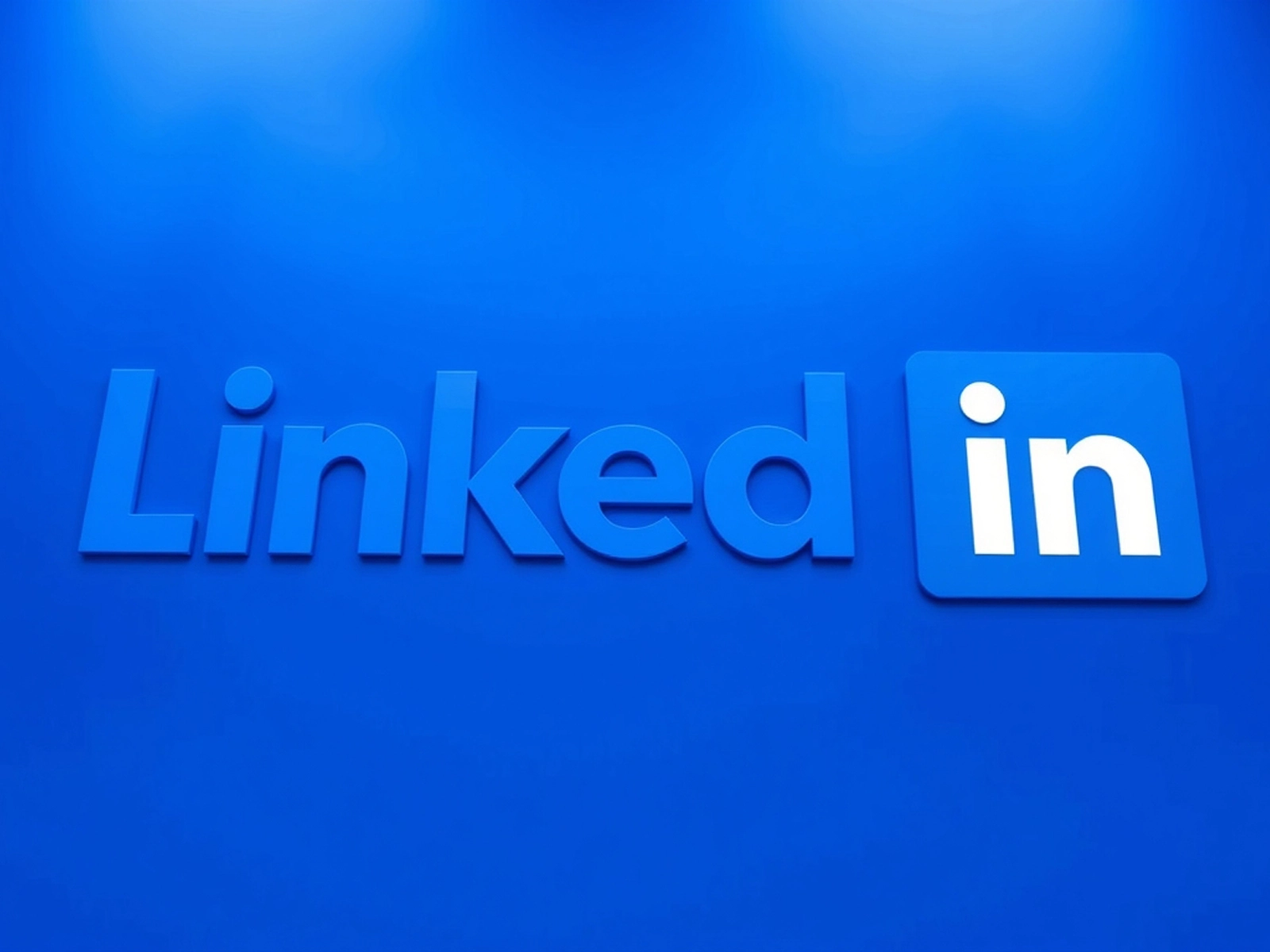
GEO Content Audit: A New Approach to Content in the AI Era

Google vs AI: what really delivers results?

LinkedIn Launches Auto-Targeting and AI-Powered Ad Creation

3 minutes
Google has announced another major update to its advertising ecosystem, turning Demand Gen from a simple demand generation tool into a core element of performance marketing. Demand Gen campaigns now work across all stages of the sales funnel — from brand awareness to conversions. At the center of this transformation is YouTube, which is gradually evolving from a brand discovery platform into a decision-making environment.
Previously, Demand Gen was perceived as an upper- or mid-funnel tool — used mainly for building awareness, generating interest, and preparing audiences for purchase. Now, Google positions Demand Gen as a comprehensive solution for customer acquisition, conversion, and retention.
The update combines social-style ad formats with Google’s intelligent algorithms that analyze user behavior and predict purchase intent. This gives marketers new opportunities to scale results and achieve measurable ROI, even in challenging market conditions.
1. Target CPC bidding strategy
Google introduces a Target CPC model that allows advertisers to control spending more precisely and compare campaign performance directly with social media campaigns. This simplifies budget planning and enables apples-to-apples cross-channel performance comparisons.
2. Flexible channel placement control
Marketers can now choose where their ads appear — exclusively on YouTube or extended to Display, Discover, Gmail, and even Google Maps. This flexibility enables testing of different audience engagement scenarios and building personalized user journeys.
3. New creative optimization tools
Google adds features for quick video adaptation: trimming, flipping, and reformatting clips for Shorts and other formats. This is especially valuable for brands that repurpose social media content — they can now seamlessly adapt it for the Google Ads ecosystem with minimal effort and cost.
4. Product feed integration and app support
Integrating product feeds from Merchant Center drives an average 33% increase in conversions. Additionally, Web-to-App Connect now supports both Android and iOS, ensuring a smoother transition from web ads to in-app experiences.
According to Google, advertisers actively using Demand Gen have achieved:
These figures confirm that Demand Gen is no longer an experimental format. Both e-commerce and B2B brands report significant increases in leads and sales, proving its effectiveness across industries.
The main evolution in Demand Gen lies in its shift from contextual targeting to predictive intent modeling. The system analyzes user behavior, search history, and viewing patterns to forecast who is most likely to convert. This enables advertisers to reach high-intent audiences in the lower funnel without losing visibility at the top.
In other words, YouTube is no longer just a brand discovery platform — it’s becoming a place where purchase decisions happen.
Google has already announced upcoming developments for Demand Gen, including:
This means advertisers will soon be able to design even more cohesive customer journeys — from short video engagement to direct purchase.
Demand Gen is no longer just about creating demand. It’s now a fully-fledged performance channel that helps deliver measurable business results.
Marketers shouldn’t wait for “perfect” YouTube creatives or flawless strategies — now is the time to test, adapt, and leverage the new capabilities of Demand Gen in action.
As the line between branding and performance marketing continues to blur, Demand Gen stands out as a tool that unites creativity, machine learning, and analytics into one system — with tangible impact on revenue.
This article available in Ukrainian.
Say hello to us!
A leading global agency in Clutch's top-15, we've been mastering the digital space since 2004. With 9000+ projects delivered in 65 countries, our expertise is unparalleled.
Let's conquer challenges together!
performance_marketing_engineers/
performance_marketing_engineers/
performance_marketing_engineers/
performance_marketing_engineers/
performance_marketing_engineers/
performance_marketing_engineers/
performance_marketing_engineers/
performance_marketing_engineers/